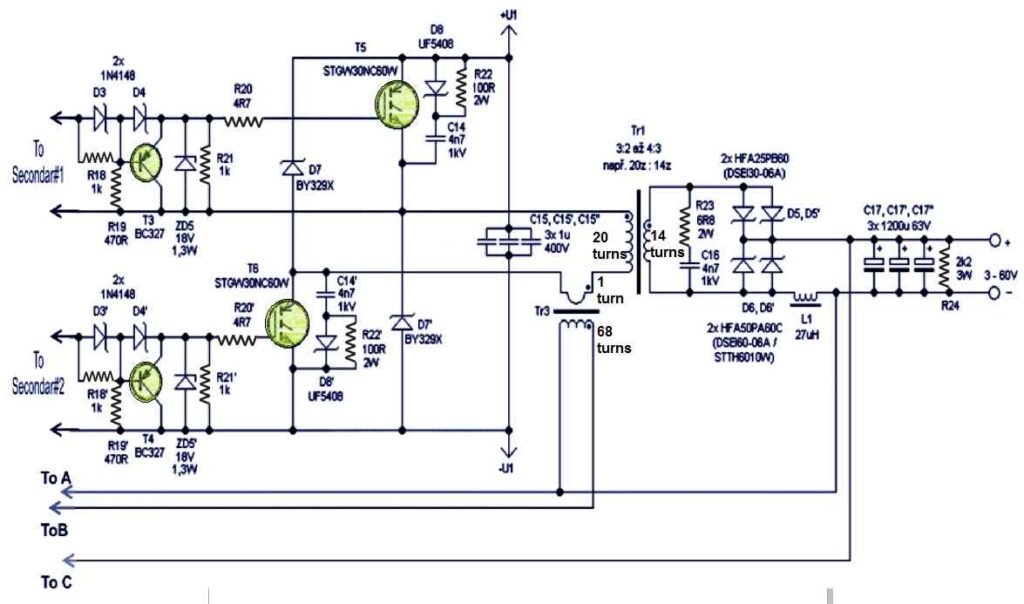SMPS High-Efficiency Design Tips

🛠️ The Problem :
An SMPS that wastes power as heat shortens battery life and needs larger heatsinks. Inefficiency usually comes from high switching losses (slow MOSFETs) and conduction losses (high-R<sub>DS(on)</sub> parts, lossy capacitors).
✅ The Solution :
Choose low-gate-charge MOSFETs so they turn on/off faster.
Use low-ESR output capacitors to slash ripple and dissipation.
Keep high-current loops short on the PCB and add generous copper pours to cut resistive loss.
🔧 Practical Example :
A hobbyist in Pune upgraded a 12 V → 5 V buck converter that powered his Raspberry Pi. Swapping the TO-220 MOSFET for a logic-level, low-Qg SMD part and replacing standard electrolytics with low-ESR polymer caps pushed full-load efficiency from 82% to 93%. The board now runs cooler and the Pi never brown-outs during camera bursts.
🧮 Sample Calculation :
Conduction loss in the MOSFET:
Pcond=I2×RDS(on)
For 3 A load and 20 mΩ device:
Pcond=32×0.02=0.18W
A previous 80 mΩ part wasted 0.72 W — 4× higher!
🛒 Product Suggestion – Made in India
Grab a MOSFET tuned for switching efficiency ➜
Pair it with a low ESR capacitor kit ➜
👉 Shop now at SmartXProKits.in
🇮🇳 Support our work and India’s innovation—buy from our Make in India site!




















